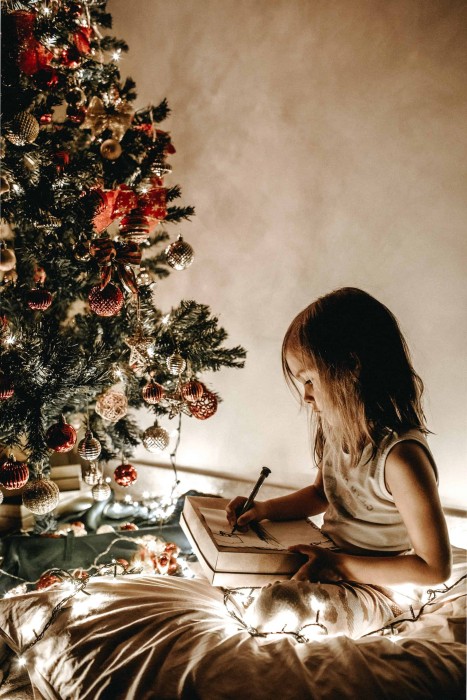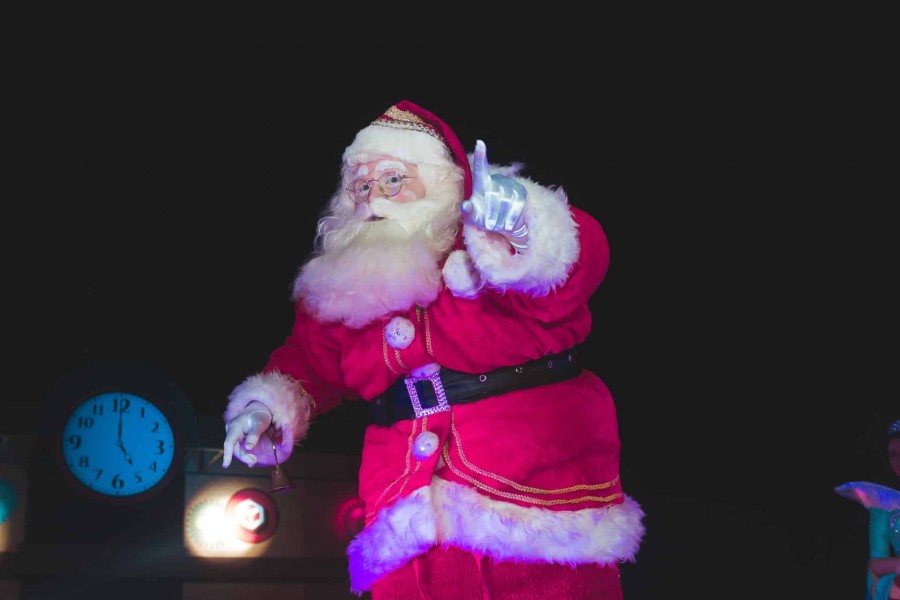
"The historical journey of Santa Claus. Read below!"

Photo by Jonathan Borba on Unsplash

Photo by Anderson W Rangel on Unsplash



© SR Digital - Alinear Indonesia. All rights reserved.
Home | About Us | Smart Publication: ID | EN | JP | Business & Partnerships | Contact us | Sitemap